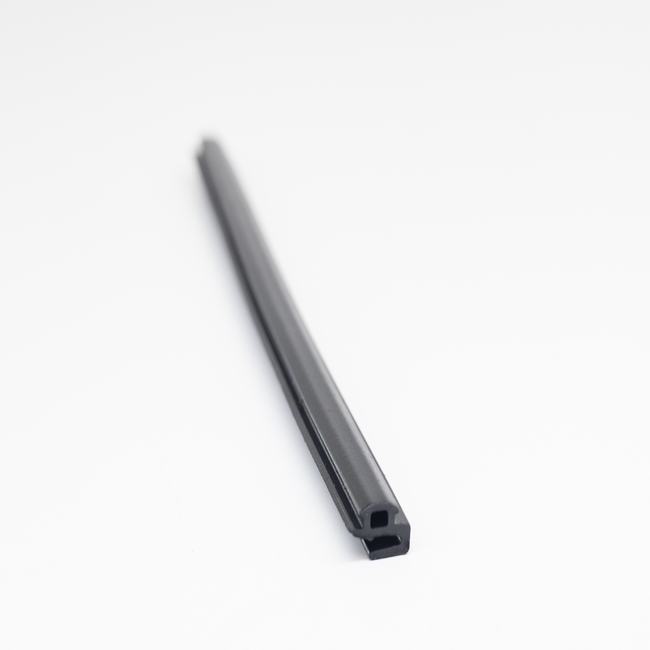Dilatation seals, also known as expansion joints or expansion seals, are essential components used in various engineering and construction applications to manage the movement and expansion of structures and systems. These seals are designed to accommodate the thermal, seismic, and structural movements that can occur in buildings, bridges, pipelines, industrial equipment, and a wide range of other infrastructural systems.
Here is a detailed description of dilatation seals, including their types, functions, and applications:
Types of Dilatation Seals:
- Thermal Expansion Joints: These seals are primarily designed to accommodate the expansion and contraction of materials due to temperature fluctuations. They are commonly used in buildings, bridges, and pipelines to prevent structural damage caused by thermal stress.
- Movement Expansion Joints: These joints are used to manage dynamic movements in structures, such as those resulting from seismic activity, wind, or other environmental factors. They help prevent damage to buildings and infrastructure during these events.
- Construction Joints: These are temporary expansion joints used in construction to allow for controlled movement and stress relief. Once the construction is complete, they are often sealed or replaced with more permanent expansion joints.
- Modular Expansion Joints: These are pre-fabricated, modular components that can be installed in various infrastructural systems. They provide flexibility and durability, making them suitable for a wide range of applications.
- Rubber Expansion Joints: Made from rubber or elastomeric materials, these expansion joints are used in piping systems to absorb vibrations and reduce noise while accommodating movement and misalignment.
Functions of Dilatation Seals:
- Stress Absorption: Dilatation seals absorb and distribute the stress that results from thermal expansion, structural movement, and external forces, preventing damage to structures and systems.
- Waterproofing: In many cases, these seals are designed to be watertight, preventing the infiltration of moisture and water, which can cause corrosion and other issues.
- Noise and Vibration Reduction: Rubber expansion joints, in particular, are effective in dampening noise and vibrations in piping systems, making them suitable for applications where noise reduction is essential.
- Maintenance of Aesthetic Appearance: In the case of buildings, expansion joints can be designed to maintain the architectural aesthetics of a structure while allowing for movement and expansion.
Applications of Dilatation Seals:
- Buildings: Expansion joints are commonly used in buildings to prevent cracking and damage caused by temperature fluctuations and structural movement. They are found in floors, walls, and facades.
- Bridges: In bridge construction, expansion joints are crucial to allow the bridge deck to expand and contract with temperature changes while ensuring structural integrity.
- Pipelines: Expansion joints in piping systems help absorb movement and vibrations, reducing stress on the pipes and preventing leaks or damage.
- Industrial Equipment: Various industrial machines and equipment use dilatation seals to manage thermal expansion and contraction, ensuring the machinery’s longevity and performance.
- Roads and Highways: Expansion joints in roads and highways accommodate the expansion and contraction of the pavement due to temperature changes and traffic loads, preventing cracks and damage.
In summary, dilatation seals are critical components in engineering and construction, serving to manage movement, expansion, and contraction in various structures and systems. Their diverse types and functions make them a vital part of ensuring the durability and safety of a wide range of infrastructural applications.


